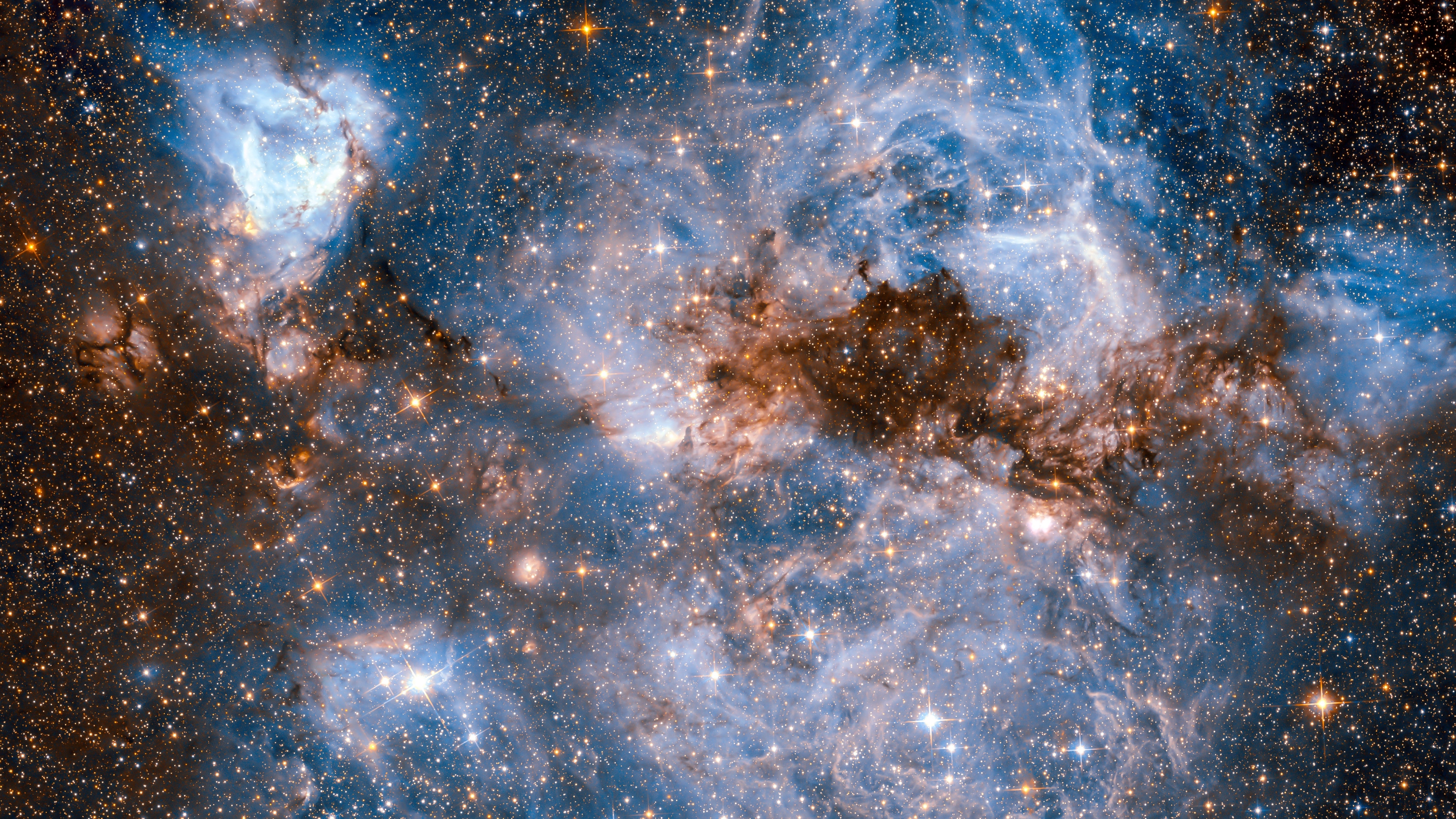
Astronomers using the James Webb Space Telescope (JWST) have found that some of the universe's oldest galaxies are much brighter and heavier than scientists thought. The finding could lend credibility to an alternative theory to dark matter.
The standard model of galaxy formation predicts that only dim light should be seen from the primitive galaxies that took shape in the first billion years after the Big Bang. The unusually large and bright galaxies detected by JWST bolster predictions made by a rival theory known as modified Newtonian dynamics (MOND). The researchers published their findings Nov. 12 in The Astrophysical Journal.
"What the theory of dark matter predicted is not what we see," study lead author Stacy McGaugh, an astrophysicist at Case Western Reserve University in Ohio, said in a statement. "The bottom line is, 'I told you so.' I was raised to think that saying that was rude, but that's the whole point of the scientific method: Make predictions and then check which come true."
MOND proposes that for gravitational pulls 10 trillion times smaller than those felt on Earth's surface, such as the tugs felt between distant galaxies, Newton's laws break down and must be replaced by other equations. First proposed by Israeli physicist Mordehai Milgrom in 1982, the theory first emerged as an attempt to explain the faster-than-expected rotations seen around the outskirts of distant galaxies.
Related: Researchers spot rare 'triple-ring' galaxy that defies explanation
MOND has had a number of successes, helping to unearth unexpected laws dictating how galaxies move through space. Yet the theory remains widely rejected by astronomers, who tend to favor cold dark matter theories, because it has yet to explain a wide range of cosmological phenomena. On the other hand, dark matter theories can explain a lot of observations, but they fail to do so for those accurately predicted by MOND.
To search for clues that could break the deadlock, the astronomers pored over data collected by JWST, capturing the dim signals of some of the earliest galaxies in the universe. According to their study, these ancient galaxies had grown significantly bigger and brighter than conventional dark matter models forecast, but they are exactly in line with the predictions made by MOND.
Exactly what could be causing the discrepancy remains an exciting mystery. It's possible that the additional brightness stems from supermassive black holes that are growing significantly faster than expected, but that idea presents problems of its own.
"We find ourselves caught between two very different theories that seem irreconcilable despite applying to closely related yet incommensurate lines of evidence," the astronomers wrote in the paper. "The simple force law hypothesized by MOND has made enough successful a priori predictions that it cannot be an accident: it must be telling us something. What that is remains as mysterious as the composition of dark matter."







